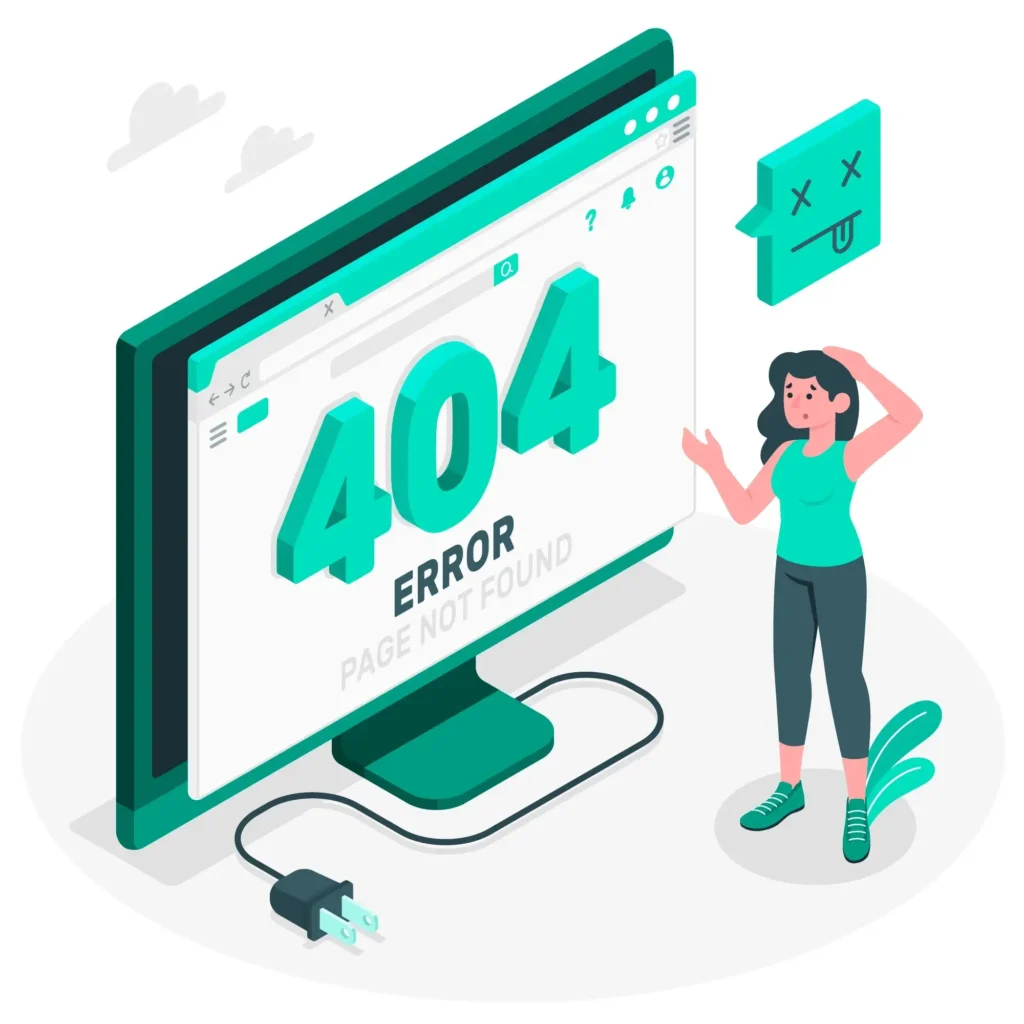
When most people say “SEO”, they generally imagine keywords, backlinks, and content. And sure, those are all essential, but there’s another big piece of the puzzle that sometimes gets overlooked: technical SEO Tips. Without a technically healthy website, even good content will fail to rank. Technical SEO Tips focuses on the back-end infrastructure of your site—ensuring search engines can crawl, index, and rank your pages efficiently.
As the Freelance Digital marketing expert in Thrissur would attest, technical SEO Tips excellence is as important as creating quality content or creating good backlinks. In this blog, we shall reveal must-have technical SEO Tips best practices that will improve the performance, visibility, and ranking of your website.
1. Improve Your Site’s Load Time
Page load speed isn’t just beneficial to user experience—it’s a reported ranking signal by Google. Slow sites mean higher bounce rates, less engagement, and fewer conversions.
How to speed up your site:
- Compress image files using tools such as TinyPNG or ShortPixel.
- Minify CSS, JavaScript, and HTML files.
- Use a content delivery network (CDN).
- Enable browser caching.
- Change to a faster hosting service.
Use Google’s PageSpeed Insights or GTmetrix to identify performance bottlenecks.
2. Make Your Site Mobile-Friendly
More than half of global web traffic is mobile, and Google uses mobile-first indexing, meaning it sees your site primarily in its mobile form for ranking and indexing.
Optimize for mobile by:
- Responsive design that functions across a range of screen sizes.
- Simple and touch-supported navigation.
- Avoiding intrusive pop-ups that cover content.
- Testing your site with Google’s Mobile-Friendly Test tool.
3. Repair Crawl Errors in Google Search Console
Crawl errors happen when search engines are unable to access your site properly. These may consist of broken pages, server errors, or blocked resources.
To repair them:
- Periodically check Google Search Console under Coverage to notice errors.
- Fix 404 (not found) and 500 (server) errors as soon as possible.
- Ensure that your robots.txt file is not blocking critical pages or resources.
- Ensure that important pages are not noindexed.

4. Optimize Your XML Sitemap for Better Technical SEO Tips Performance
Your XML sitemap tells search engines what pages to crawl and index. It is a map of content on your site.
Best practices:
- Sitemap submit Google Search Console and Bing Webmaster Tools.
- Auto-update it with SEO plugins (e.g., Yoast for WordPress).
- Only add indexable, quality pages.
- Remove “noindex” or duplicate pages from the sitemap.
5. Allow HTTPS (Secure Socket Layer)
Users and search engines appreciate security. HTTPS is a ranking factor, and Google indicates a “Not Secure” badge on sites lacking HTTPS.
Switching to HTTPS:
- Acquire and implement an SSL certificate through your host.
- Route all HTTP traffic to HTTPS.
- ies_internal links and canonical tags to include HTTPS URLs.
6. Use Canonical Tags to Avoid Duplicate Content
Duplicate content confuses search engines and dilutes your SEO efforts. Canonical tags help specify the “preferred” version of a page when you have different versions.
For example, if your product page comes through a few different URLs due to filters or sorting, a canonical tag points search engines to the original version you want to be indexed.
7. Optimize Your URL Structure
URLs need to be clean, readable, and keyword-friendly. Good URL structure improves crawlability and user experience.
Best practice is:
- hyphens instead of underscores
- Short descriptive URLs
- No extra parameters or session IDs
- Including relevant keywords where necessary
8. Enable Structured Data (Schema Markup)
Structured data helps search engines better understand your content. It also helps enrich your search appearance with rich results like star ratings, product information, FAQs, and more.
Add schema markup using software like Google’s Structured Data Markup Helper or plugins (for WordPress) for:
- Articles
- Products
- Reviews
- FAQs
- Local business details
9. Set Up Proper Redirects
Malformed or broken redirects can ruin user experience and Technical SEO Tips. Use 301 redirects when you remove pages or URL changes to alert search engines to the new URL.
Avoid using 302 redirects for permanent updates—they signal temporary relocation and won’t pass complete SEO value.
Redirect www to non-www (or vice versa) and use consistency with HTTPS to prevent multiple versions of your site.
10. Audit Your Website Regularly
Technical SEO Tips is not a one-time job. Periodic audits identify issues early and maintain performance.
Utilize tools like:
- Screaming Frog SEO Spider
- SEMrush Site Audit
- Ahrefs Site Audit
- Google Search Console
Ensure that there are no broken links, orphan pages, slow-loading assets, duplicate content, and crawl issues.
Conclusion
Technical SEO Tips is not as glamorous as content creation or social media marketing, but it’s equally as vital—if not more so. Having a solid technical foundation means your website is accessible, fast, and search engine friendly for both search engines and users.
Whether you’re a business owner, a marketer, or a Freelance Digital Marketing Expert in Thrissur , mastering technical SEO Tips will give your site a significant edge in a crowded online space. Start with these tips, perform regular audits, and keep your site running at peak performance for lasting results.